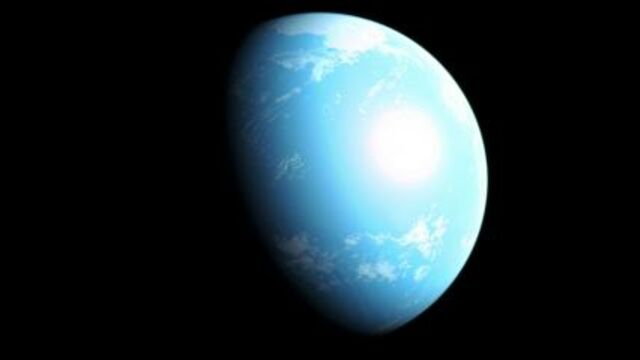31 light-years away from our Earth is the star system ‘GJ 357’, a dwarf star that was discovered by NASA in February 2019. This star system has been intriguing researchers due to the fact that its light changes every 3.9 days, suggesting that there are planets orbiting it and passing in front of its observable face. Additional analysis has allowed the team to discover a total of three exoplanets, poetically named ‘GJ 357 b’, ‘GJ 357 c’ and ‘GJ 357 d’.
Discover our latest podcast
Super-Earth
Thanks to extraordinary techniques, it is now possible for scientists to identify the conditions that these objects may be in. As a result, researchers have been able to analyse each of the three planets.
The first, ‘GJ 357 b’, for example, is 22% bigger than Earth and is also a lot hotter. But in terms of temperature, it isn’t hotter than ‘GJ 357 c’, whose temperature reaches 126°C and is 3.4 times the size of our Earth.
The third, ‘GJ 357 d’ does a full orbit of the star in 55.7 days and seems to resemble our blue planet more than the other two, since it is said to have a thick enough atmosphere to support water on the surface of the planet. A very interesting criterium for researchers, whose next objective will be to figure out whether or not this planet contains any forms of life. And this huge achievement was possible thanks to the following observation instrument that NASA sent into orbit.
One small telescope for man, one large project for mankind
Launched in April 2018, the spatial telescope mission TESS (Transiting Exoplanet Survey Satellite)has picked up exceptional results and is responsible for 21 discovered exoplanets. Whether it’s for finding other forms of life or future planets that we would be able to colonise, the TESS program, although quite small, does offer a lot of hope for the future of humanity.
It's possible that there are lots of other exoplanets still out there waiting to be discovered, since, for this recent discovery, the telescope only focused on ‘the nearby universe’, a radius of 300 light-years.















